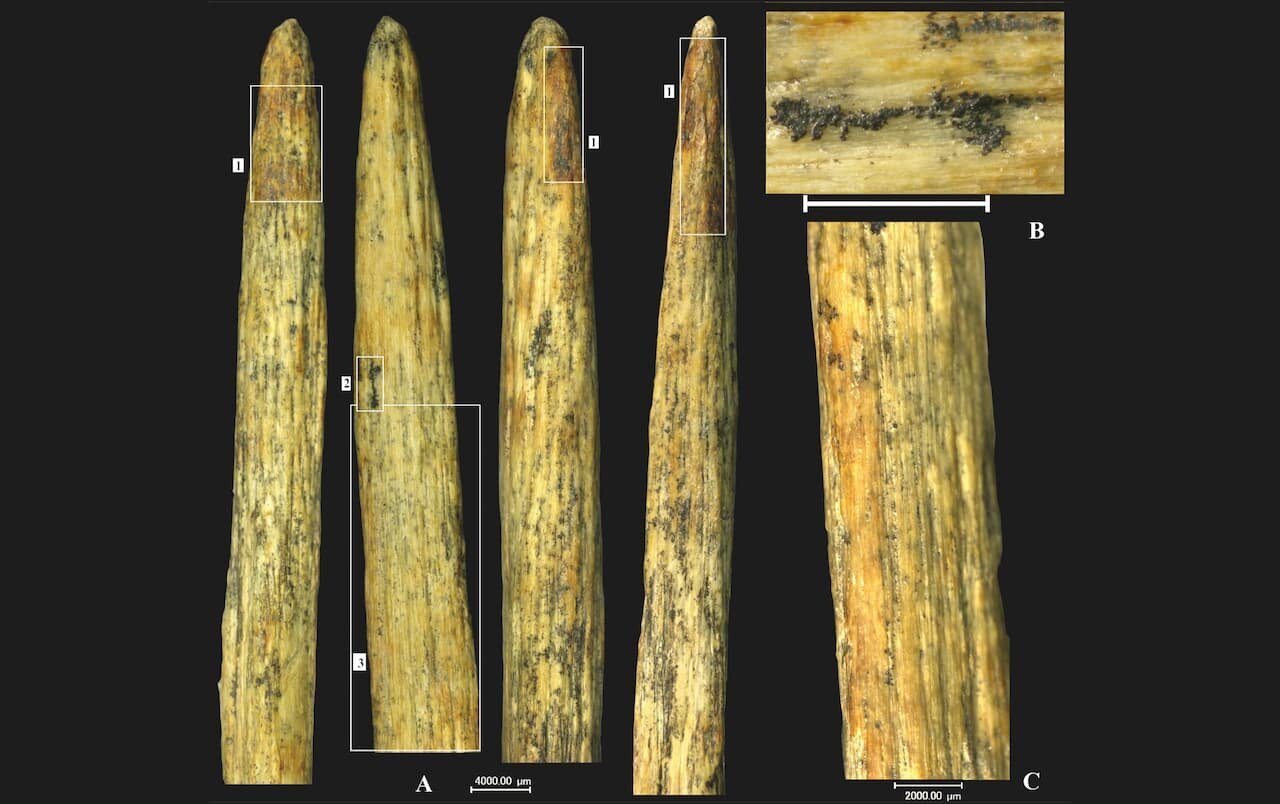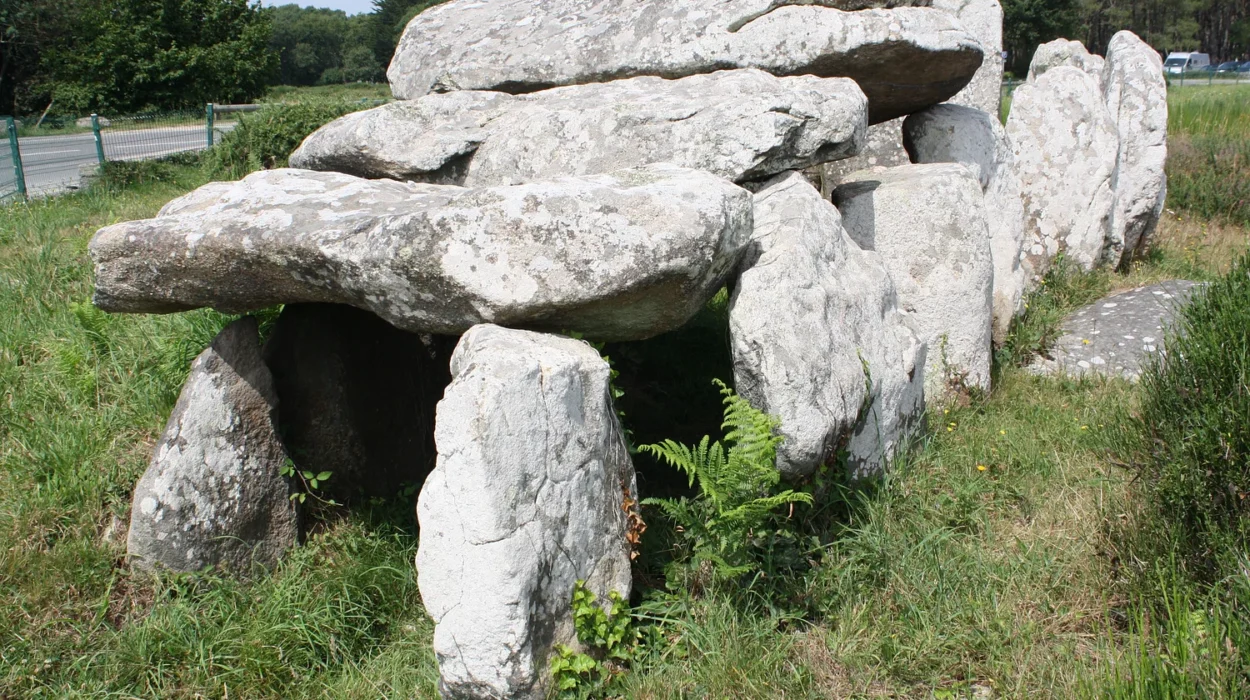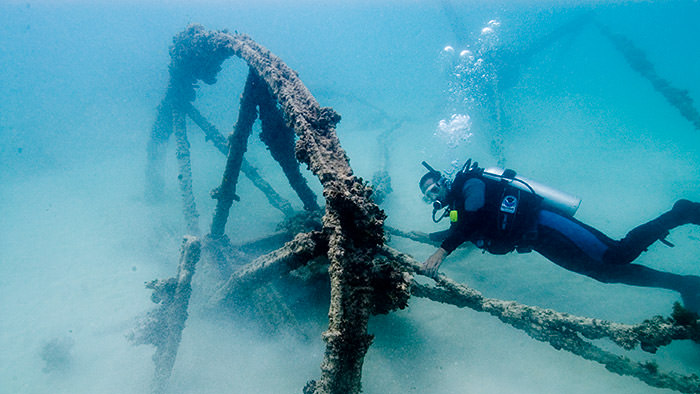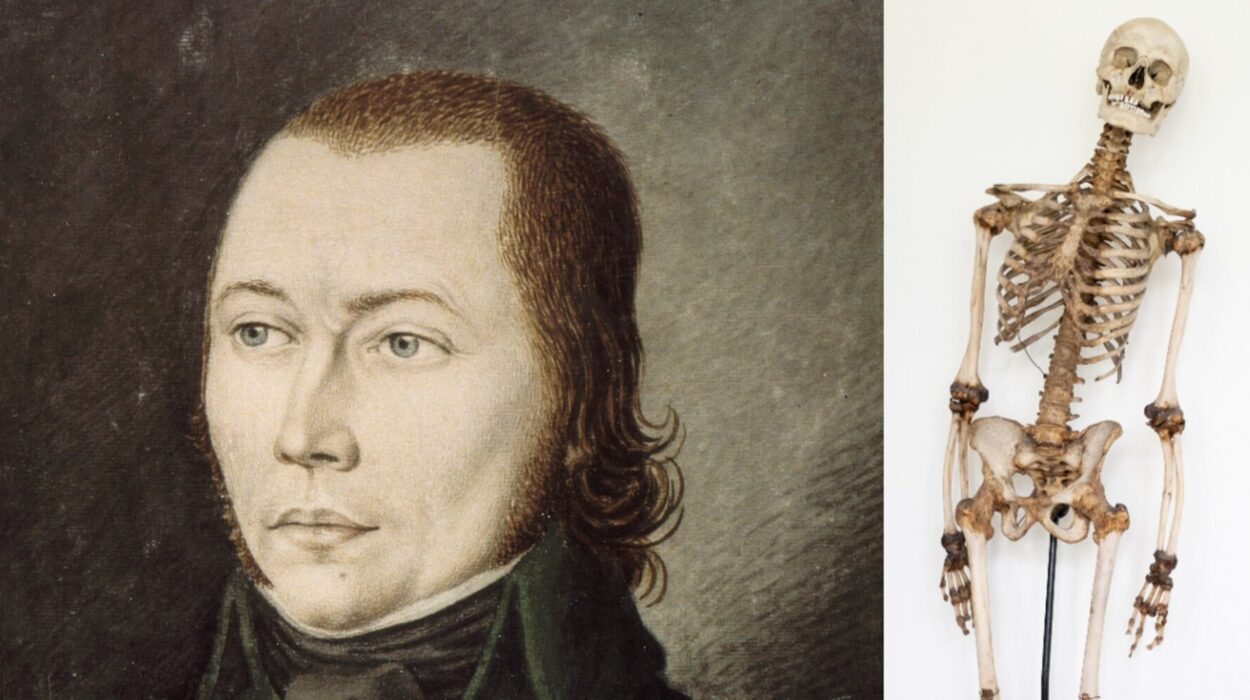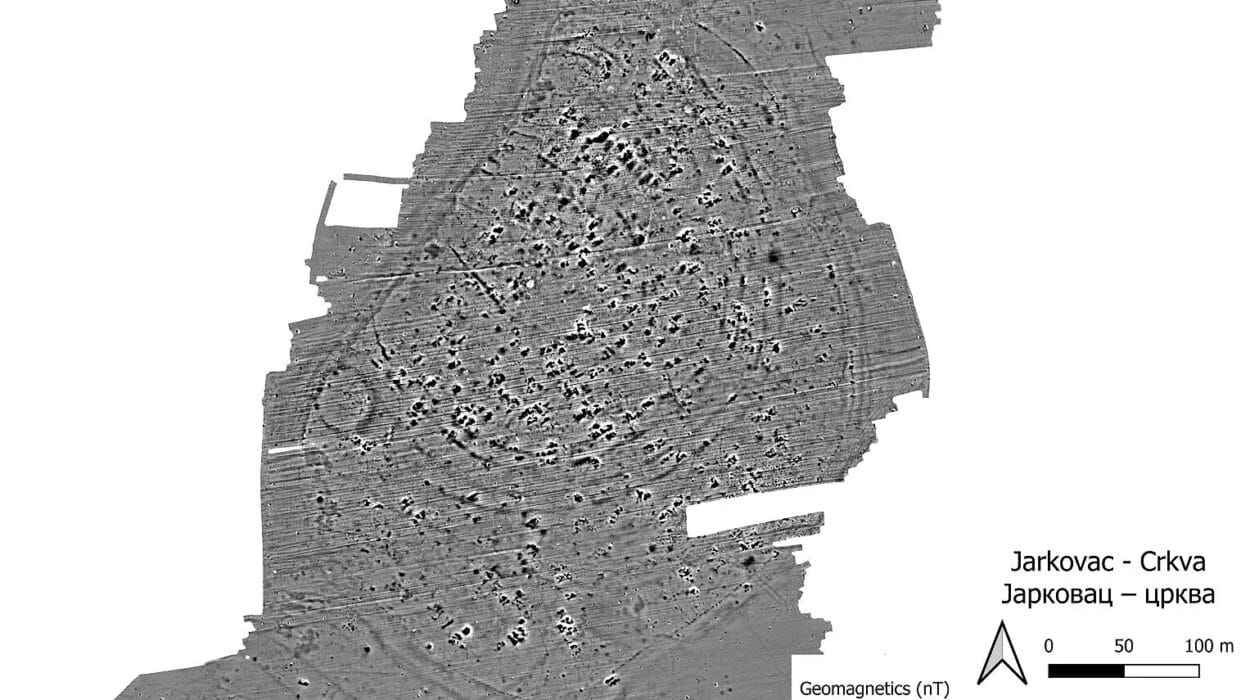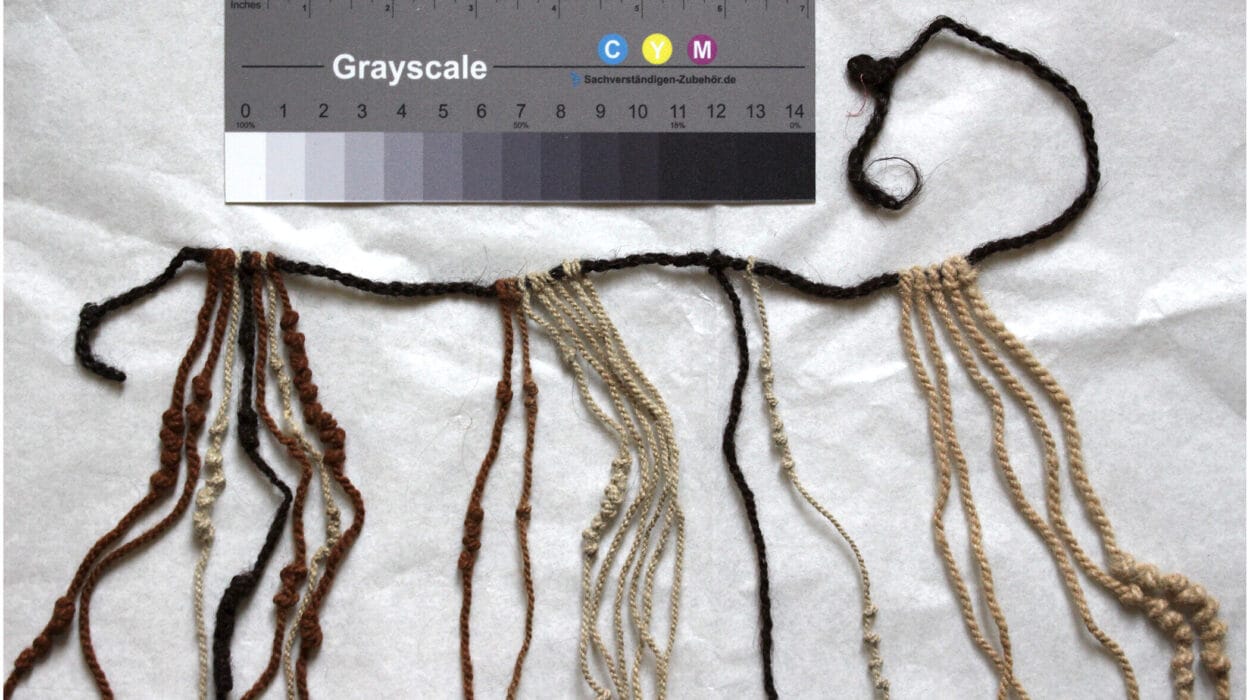Deep within the shadows of a limestone cave nestled in the North Caucasus Mountains, a quiet revolution in human history lay hidden for millennia. In 2003, archaeologists excavating this ancient site in modern-day Russia unearthed what appeared to be an unassuming fragment of bone buried among charred wood and animal remains. For years, it lay in storage, a curiosity amid countless artifacts. But when it was recently reexamined with the latest scientific tools, this overlooked relic revealed something extraordinary: it is the oldest known spear tip ever discovered in Europe—and it was crafted not by Homo sapiens, but by Neanderthals.
Published in the Journal of Archaeological Science, this groundbreaking study shines new light on the minds and capabilities of our closest evolutionary cousins. Far from being brutish cavemen clinging to simple stone implements, Neanderthals now emerge from the shadows of prehistory as innovative, intelligent, and surprisingly sophisticated toolmakers.
A Weapon Lost in Time
The 9-centimeter-long spear tip, finely shaped and surprisingly well preserved, was originally found embedded in a sediment layer that also contained animal bones and the blackened remains of a campfire. Its resting place—tucked away in the protective environment of the cave—proved crucial to its survival. Organic artifacts like this are usually the first to vanish from the archaeological record, victims of time, decay, and exposure. But here, in this rare microclimate, the spear tip endured for up to 80,000 years, waiting patiently to tell its story.
Initial inspections offered little fanfare. It was cataloged along with hundreds of other finds and temporarily shelved. Only recently, prompted by a reassessment of the cave’s excavation records, did researchers decide to probe deeper. What they uncovered reshapes the understanding of Neanderthal behavior in a dramatic way.
Science Peels Back the Layers
To unlock the secrets of the spear tip, the research team employed an array of cutting-edge techniques: spectroscopy to analyze its chemical composition, computed tomography to inspect its internal structure, and high-powered microscopy to study its surface in exquisite detail. The results were astonishing.
The spear tip, they found, was not simply a jagged shard of bone. It had been carefully shaped from the leg bone of a large animal, likely a bison—a creature that would have presented a formidable challenge even for modern hunters. Fine striations revealed the unmistakable handiwork of stone tools. But even more revealing was the discovery of traces of a sticky, dark substance at the base of the point: tar.
This tar, derived from birch bark, is one of the oldest known adhesives in human history. Its presence suggests that the spear tip had been mounted on a wooden shaft with care and precision—creating a deadly composite weapon far more complex than the simple stone-tipped spears that once defined the Neanderthal toolkit. The tar adhesive not only held the weapon together; it required a complex production process involving controlled heating, a task that implies a deep understanding of materials and fire.
The Hunt Begins
Microscopic cracks along the tip hint at its life before burial. These fractures are consistent with high-impact collisions—perhaps against the rib of a charging prey animal or the thick hide of a bison. Yet there were no signs of long-term wear. No dulling. No repeated sharpening. The evidence points to a freshly made spear that was used successfully, possibly even lethally, not long after its creation.
This detail matters. It suggests that Neanderthals didn’t just make tools—they made them for specific purposes. They crafted, they hunted, and they likely planned those hunts in advance. They understood the behaviors of animals, chose the right materials, and engineered weapons to do the job efficiently. This is planning. This is foresight. This is strategy.
Rewriting the Neanderthal Narrative
For decades, the image of Neanderthals has been tethered to an outdated myth: that they were an evolutionary dead-end, dull-witted and unsophisticated, doomed to extinction by the cognitive superiority of Homo sapiens. But the archaeological record tells a different story—and this spear tip is one of its loudest voices.
The level of craftsmanship and the presence of tar point to complex behavior, while the dating of the artifact—between 70,000 and 80,000 years ago—precludes any involvement from modern humans, who didn’t reach Europe until some 45,000 years ago. The tool is unmistakably Neanderthal.
This isn’t the first blow to the old stereotype. Over the past two decades, accumulating evidence has revealed that Neanderthals buried their dead, wore decorative items, controlled fire, created symbolic art, and spoke in complex ways. But the spear tip provides a rare glimpse into their tactical thinking and engineering skill. It bridges the gap between survival and innovation.

A Vanishing Record
But why is this the only known spear tip of its kind? If Neanderthals were crafting bone-tipped spears regularly, shouldn’t more of them have survived?
The research team offers a sobering explanation: organic materials are fragile and transient. Bone, wood, sinew, and tar—all degrade rapidly in most environments. Only in exceptional places, like the sheltered cave where this tip was found, do such artifacts endure long enough for discovery. It’s not that the Neanderthals didn’t make more of them. It’s that time itself has been an unkind curator.
That realization changes the scale of the Neanderthal story. If most of their sophisticated tools and weapons have disappeared from the record, then we may be underestimating them by orders of magnitude. Their innovation could have matched, or even preceded, that of early Homo sapiens in some domains.
A Weapon and a Window
This single artifact is more than just a tool—it’s a time capsule. It provides a rare window into a day in the life of a Neanderthal hunter in Ice Age Europe. Picture it: a clan huddled near a fire, the distant roar of bison echoing across a snowy plain. One member sits in the firelight, methodically sharpening a bone, then heating bark to extract sticky tar. The spear is completed with precision and purpose. At dawn, it will be put to use.
This is not a mindless creature. This is a human being. One with goals, strategies, and a shared culture. The spear tip embodies the synthesis of intellect, environment, and necessity. It is proof of a species that didn’t just survive—they thrived through innovation.
Echoes Into the Future
What the spear tip ultimately forces us to confront is our own narrative of human exceptionalism. For centuries, we’ve built our identity on the idea that Homo sapiens were alone in possessing the intelligence to manipulate the world. But discoveries like this challenge that foundation.
The more we learn about Neanderthals, the more we realize they were not fundamentally different from us. Genetically, they live on in many of us—modern humans carry 1 to 2 percent of Neanderthal DNA. Culturally, they may have influenced early Homo sapiens through interbreeding and contact. Technologically, they were capable of impressive feats of engineering long before we set foot in Europe.
This ancient spear tip isn’t just an archaeological marvel. It’s a message from a lost world—one that asks us to broaden our definition of intelligence, to see ourselves not as the lone torchbearers of innovation, but as participants in a much older and more complex saga of human evolution.
Final Thoughts
History is rarely written in stone. Sometimes, it is carved into bone, buried in darkness, and rediscovered centuries later, waiting to redefine everything we thought we knew. The North Caucasus spear tip is more than an object. It is a symbol of the enduring mystery and majesty of the human story—not just the story of Homo sapiens, but of all the humans who walked before us, beside us, and perhaps, for a time, even led the way.
Reference: Liubov V. Golovanova et al, On the Mousterian origin of bone-tipped hunting weapons in Europe: Evidence from Mezmaiskaya Cave, North Caucasus, Journal of Archaeological Science (2025). DOI: 10.1016/j.jas.2025.106223
